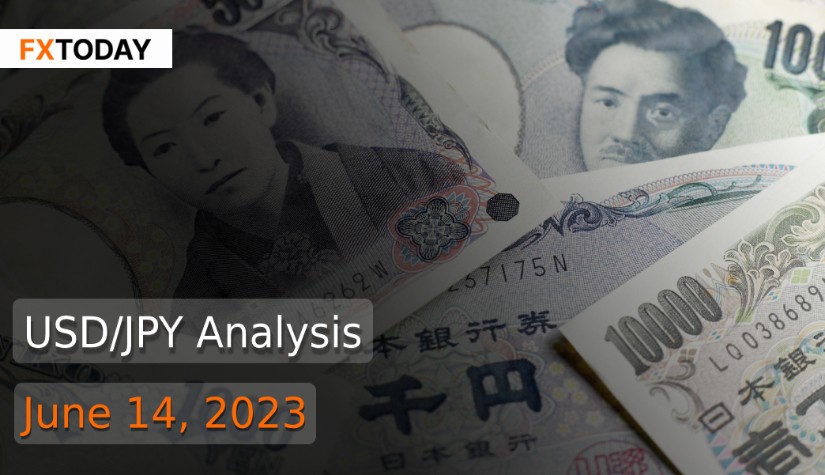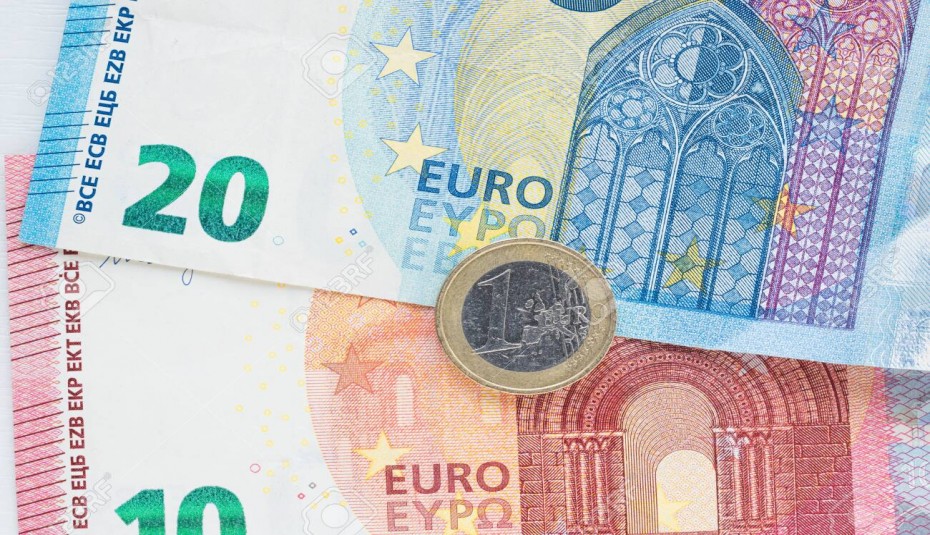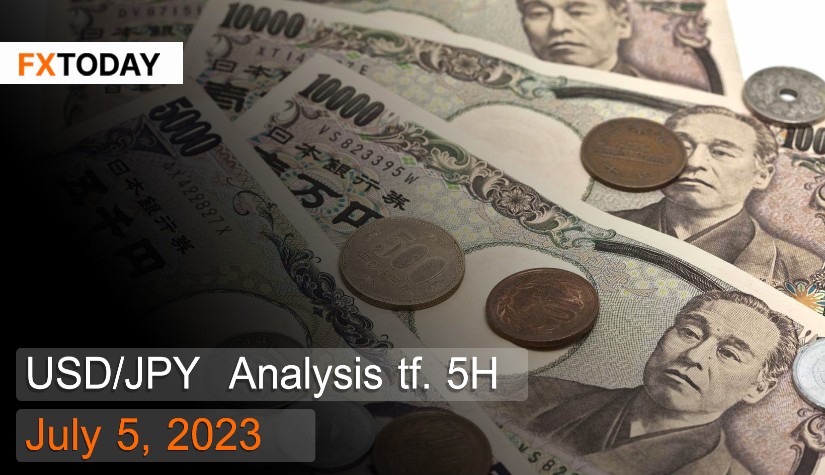BOJ to maintain an accommodative policy
The Bank of Japan (BOJ) is likely to maintain its ultra-loose monetary policy and yield curve control settings this week, as well as its forecast for a moderate economic recovery, given the robust spending by corporations and households that helps offset the impact of slowing overseas demand.
Additionally, the central bank may indicate that inflation is surpassing its projections, which could lead to an upgrade in its price forecasts in July. BOJ Governor Kazuo Ueda has mentioned that changes in corporate price-setting behavior could potentially contribute to higher-than-expected inflation. He reiterates the central bank's commitment to ensure that companies raise wages sufficiently to counterbalance the impact of rising inflation on households.
The BOJ's focus is on supporting a fragile economic recovery to achieve its price target sustainably, which suggests that ultra-loose policy will be maintained in the near term. The central bank is likely to wait for evidence that Japan can sustain a positive cycle, where increasing prices lead to higher wages and greater purchasing power for households, before considering a hike in short-term rates.
Due to soft U.S. and Chinese demand, the BOJ may provide a slightly less optimistic outlook on exports and output compared to the previous meeting in April.
In line with initial estimates, net exports had a negative impact of 0.3 percentage points. Although Japan recorded a current account surplus for the third consecutive month in April, separate data revealed that export growth hit a two-year low. The weakening Chinese market, which is a significant market for Japanese manufacturers, raises concerns about their ability to generate sufficient profits to sustain wage increases in the upcoming year.
However, the improved exports of cars, attributed to the alleviation of supply bottlenecks, are expected to partially offset the decline in shipments of other items such as electronic parts.
In the first quarter, Japan's economy expanded by a stronger-than-expected 2.7% driven by robust domestic demand and capital expenditure, particularly among automakers and semiconductor equipment firms. Revised data also revealed that Japan's GDP grew more than initially estimated in January-March, indicating a post-pandemic recovery in domestic spending and company restocking, which offset the impact of slowing global demand.
Core consumer inflation, excluding the effects of fresh food and fuel, rose by 4.1% in April compared to the previous year, the fastest pace in forty years.
Sustained wage hikes are crucial for further growth in Japan's economy, given the current four-decade high in inflation. Both the Bank of Japan and the government consider wage increases as core policy objectives. However, real wages adjusted for inflation fell by 3.0% in April, marking the thirteenth consecutive month of decline and highlighting the squeeze on households' purchasing power.
Private consumption, which contributes to over half of Japan's GDP, grew by 0.5%, slightly lower than the initial estimate of a 0.6% increase. Spending on services such as restaurants and hotels continued to make a positive contribution to the expansion of GDP in the January-March period.
On the other hand, the recent drop in U.S. inflation to a two-year low has led investors to believe that the Federal Reserve will pause its interest rate hikes, resulting in a surge in the stock market and a weakening dollar.
Furthermore, China's policy easing has contributed to the rush into riskier assets, as the central bank reduced reserve repo rates for the first time in ten months, which may be followed by lower benchmark interest rates in the coming weeks. However, despite these developments, Asian currencies including the Japanese Yen are expected to remain under pressure due to the expectation that U.S. rates will remain higher for an extended period this year, while the short-term picture may change based on the degree of policy consensus and the publication of economic data.
Data for Technical Analysis (5H) CFD USD/JPY
Resistance : 140.22, 140.30, 140.43
Support : 139.96, 139.88, 139.75
5H Outlook
Source: Investing.com
Buy/Long 1 If the support at the price range 139.86 – 139.96 is touched, but the support at 139.96 cannot be broken, the TP may be set around 140.24 and the SL around 139.81, or up to the risk appetite.
Buy/Long 2 If the resistance can be broken at the price range of 140.22 – 140.32, TP may be set around 140.48 and SL around 139.88, or up to the risk appetite.
Sell/Short 1 If the resistance at the price range 140.22 – 140.32 is touched, but the resistance at 140.22 cannot be broken, the TP may be set around 139.90 and the SL around 140.37, or up to the risk appetite.
Sell/Short 2 If the support can be broken at the price range of 139.86 – 139.96, TP may be set around 139.68 and SL around 140.30, or up to the risk appetite.
Pivot Points Jun 14, 2023 02:54AM GMT
| Name | S3 | S2 | S1 | Pivot Points | R1 | R2 | R3 |
|---|---|---|---|---|---|---|---|
| Classic | 139.56 | 139.75 | 139.90 | 140.09 | 140.24 | 140.43 | 140.58 |
| Fibonacci | 139.75 | 139.88 | 139.96 | 140.09 | 140.22 | 140.30 | 140.43 |
| Camarilla | 139.97 | 140.00 | 140.03 | 140.09 | 140.09 | 140.12 | 140.15 |
| Woodie's | 139.54 | 139.74 | 139.88 | 140.08 | 140.22 | 140.42 | 140.56 |
| DeMark's | - | - | 139.83 | 140.06 | 140.17 | - | - |
Sources: Investing 1, Investing 2
Maximize your knowledge: Blog
















